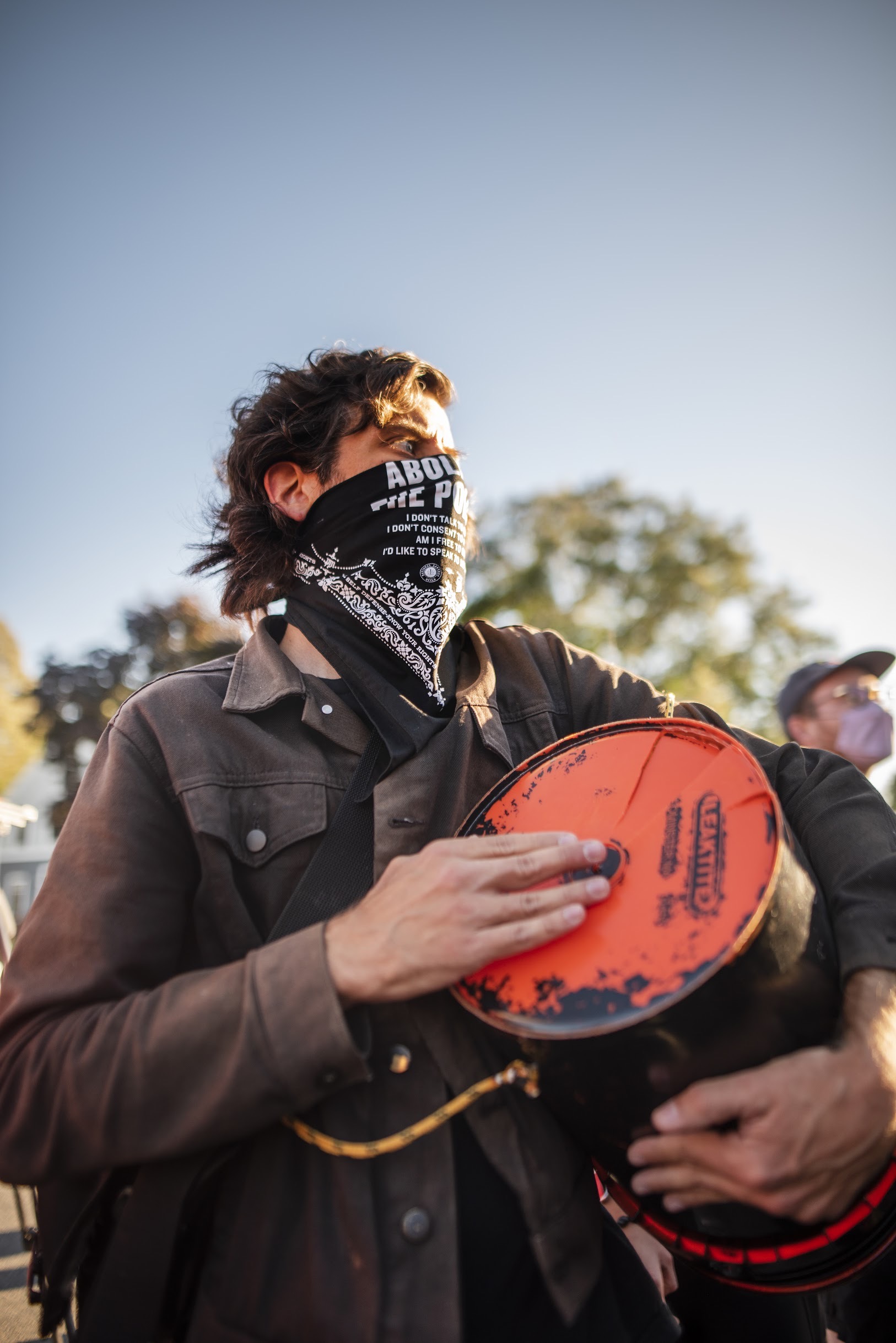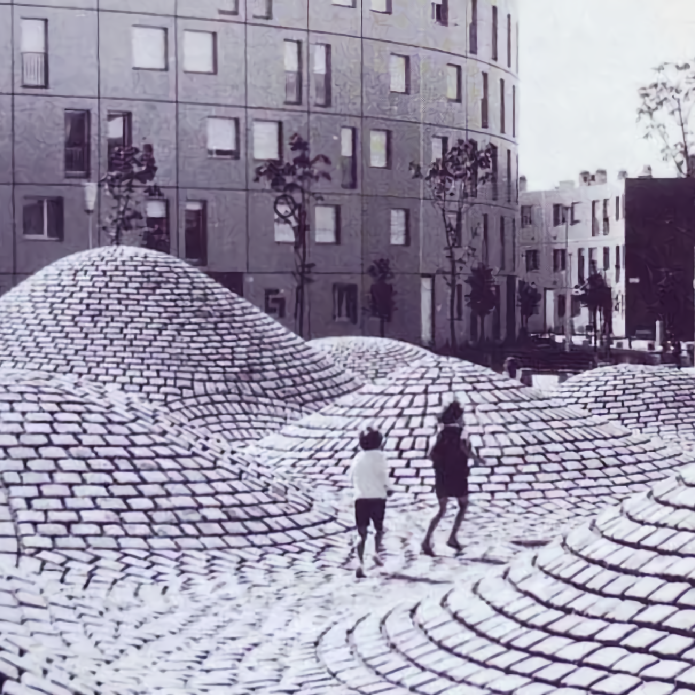Walk outside into 100-degree heat wearing a black shirt, and you’ll feel a whole lot hotter than if you were wearing white. Now think about your roof: If it’s also dark, it’s soaking up more of the sun’s energy and radiating that heat indoors. If it were a lighter color, it’d be like your home was wearing a giant white shirt all the time.
This is the idea behind the “cool roof.” Last month, Atlanta joined a growing number of American cities requiring that new roofs be more reflective. That significantly reduces temperatures not just in a building, but in the surrounding urban environment. “I really wanted to be able to approach climate change in the city of Atlanta with a diversity of tactics,” said City Council member Liliana Bakhtiari, who authored the bill, “because it’s far easier to change a local climate than it is a global one.”



I have to admit I was really thinking of houses - it seems to me a small expense for such a potentially substantial improvement, especially if done at construction time.
(None of this is to disagree with the idea of using lighter/more reflective roofing materials, FWIW.)
Edit - and I don’t mean a giant umbrella or similar, I feel like a typical home could easily just have a structure the size of the roof and spaced a few inches out from it.